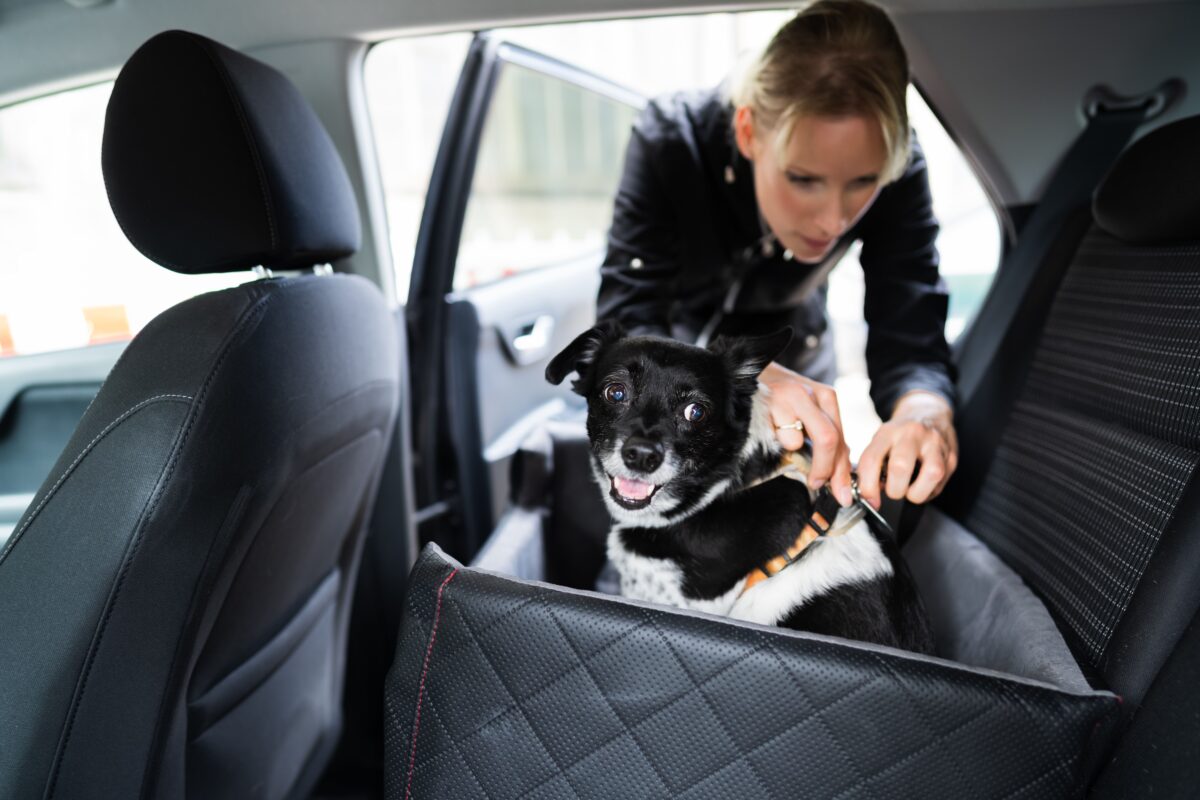


Preparing our homes and families for natural disasters and severe weather is a well-known subject here at Everyday Cheapskate. We talk about it a lot because it’s so very important. But what about your pets? Are your pets prepared to face and survive disaster? According to ServiceMaster Restore, 83 percent of pet owners live in areas impacted by natural disasters, yet fewer than half have an emergency plan for pets in place.
Your emergency plan should address the specific natural disasters prevalent in your region. For example, if you live with your pets in an area with heavy snowfall, you want to prepare for potential avalanches, power outages—even being snowbound for multiple days. Those in the Great Plains should plan for tornadoes, blizzards, floods and severe storms. If you live in an area susceptible to wildfires or mudslides, make sure you have provisions that match the potential threat.
Obviously, it’s not feasible to anticipate every potential disaster, but having a solid yet adaptable plan in place prior to an event can make the process of you and your pets handling a crisis much smoother and less stressful.
A microchip is an easy, affordable way to keep your pet’s identification on him or her at all times. After your pet is microchipped, make sure to keep your phone number, address and other chip information updated.
If you get separated from your animals, a collar or harness with appropriate ID tags can help reunite you and keep from a gloomy situation.
Before disaster strikes, it’s critical to seek proper shelter and find possible escape routes that can get you, your family and pets there safely. During emergencies, many shelters are unable to accept pets for public health reasons, so research your area to determine boarding shelters, animal shelters or pet-friendly hotels that can take your pets while the storm passes.
When creating a reliable emergency plan for pets, it’s essential that you have the proper supplies to stay safe if you have to leave home. Make one for each furry member of the family. A pet emergency preparedness kit or “go bag” should include at least the following items:
Rescue alert stickers alert rescue workers that animals may be stuck inside. Stickers are available from the ASPCA (go to aspca.org to locate the shelter nearest you) to be affixed to your front door. Include information such as the types and number of animals and your contact information, and then place it out front before an approaching storm. If your pets are safe, you can simply write “EVACUATED” across the sticker for rescuers.
Remember that if it’s not safe for you to stay home, it’s not safe for your pets, either. Pets left to fare for themselves can easily be injured, lost or worse. The solution is an emergency plan for pets so that no pets are left behind!
